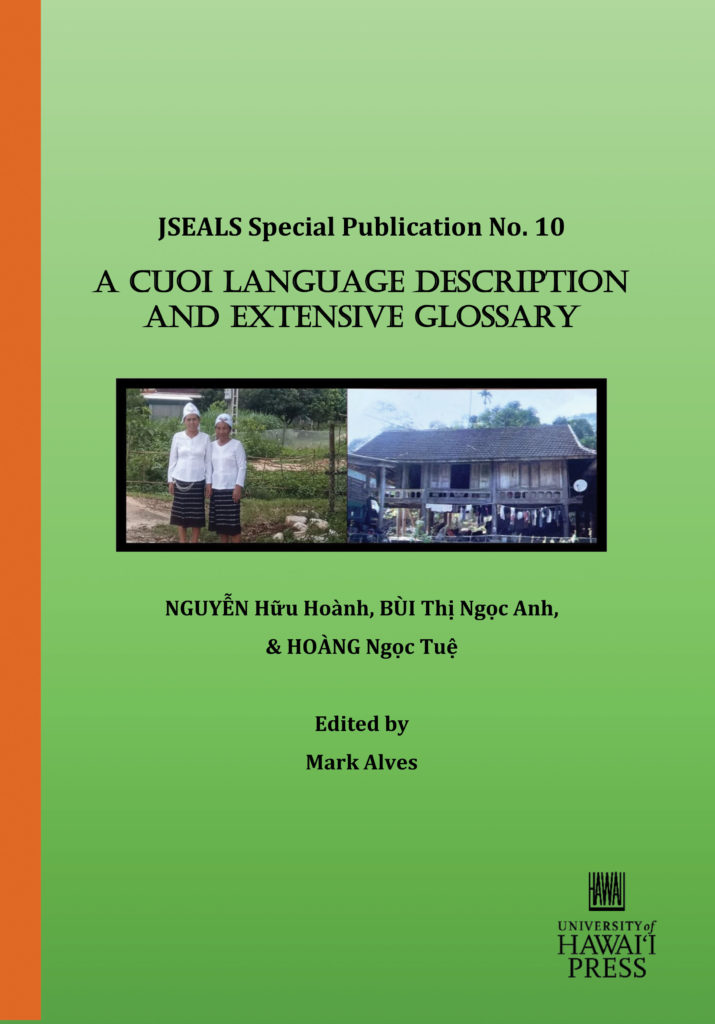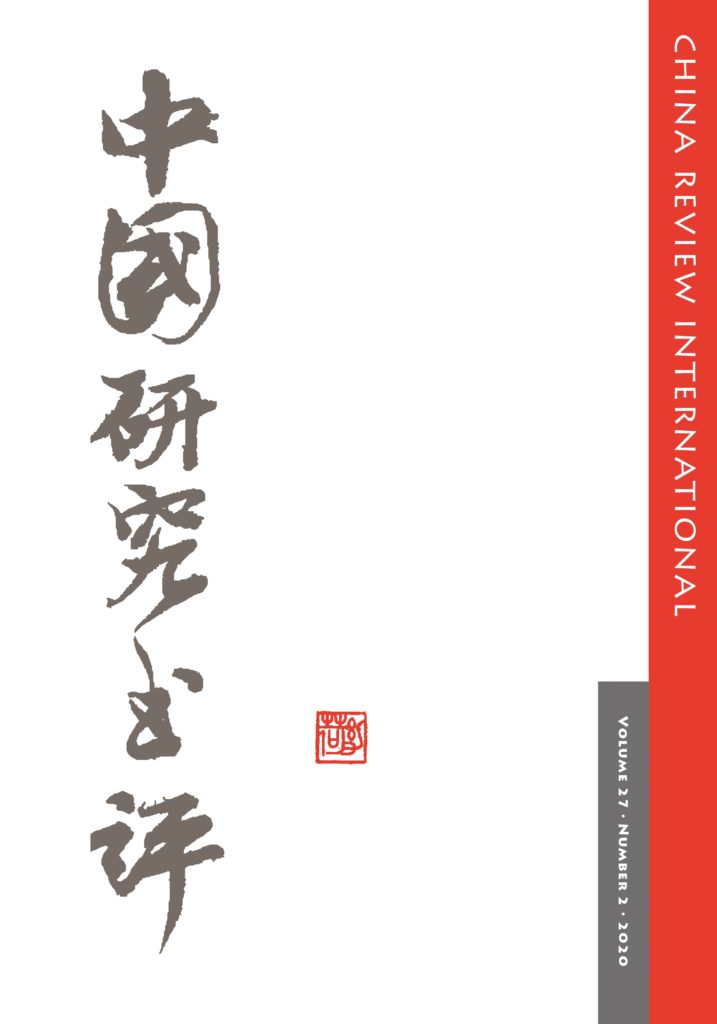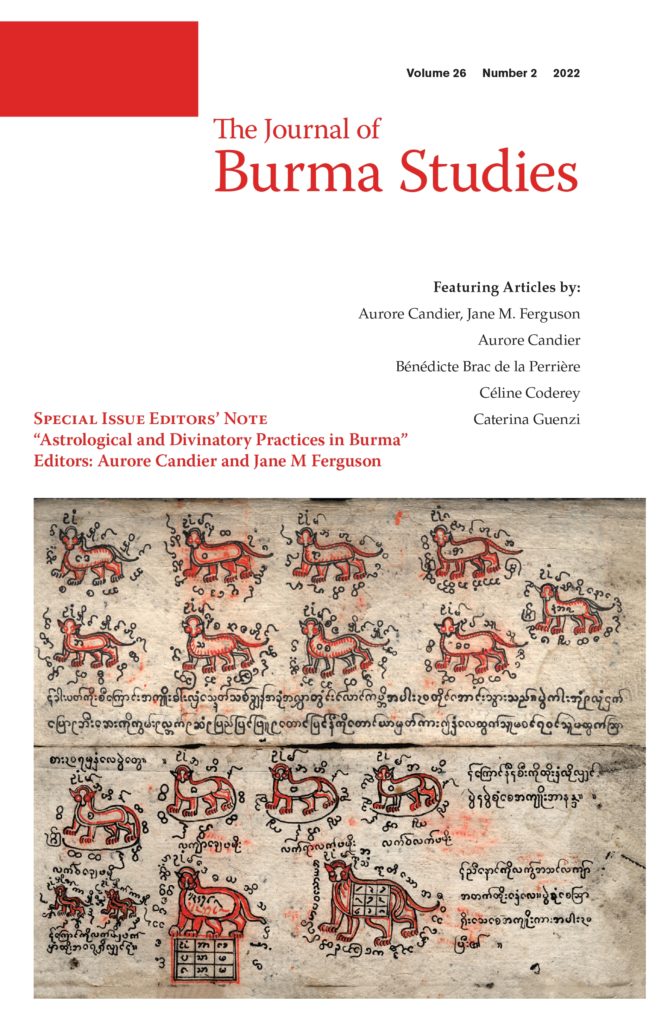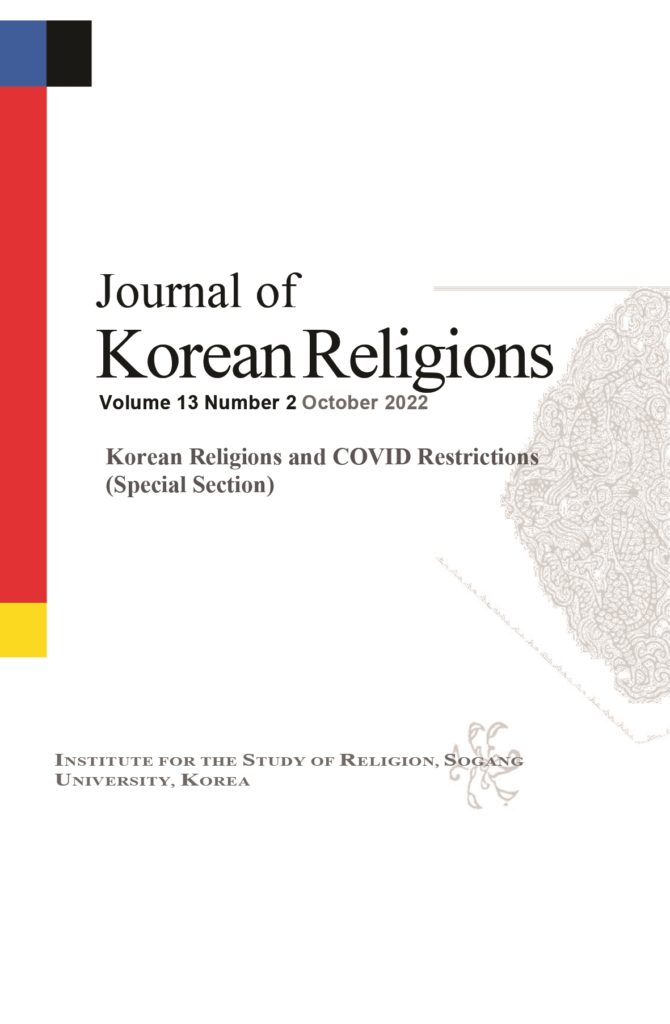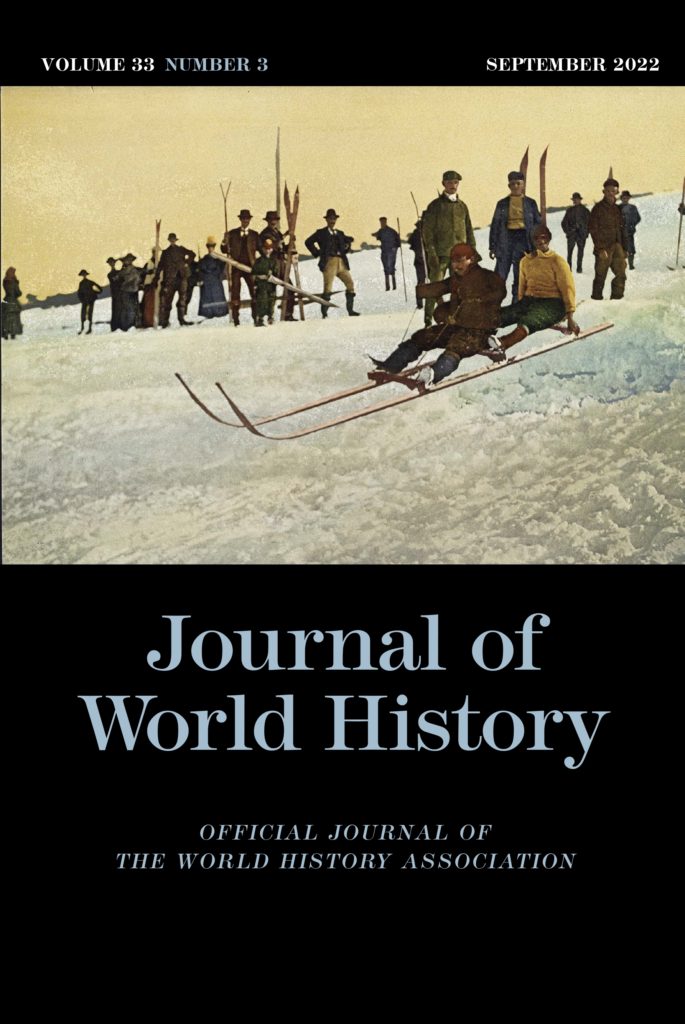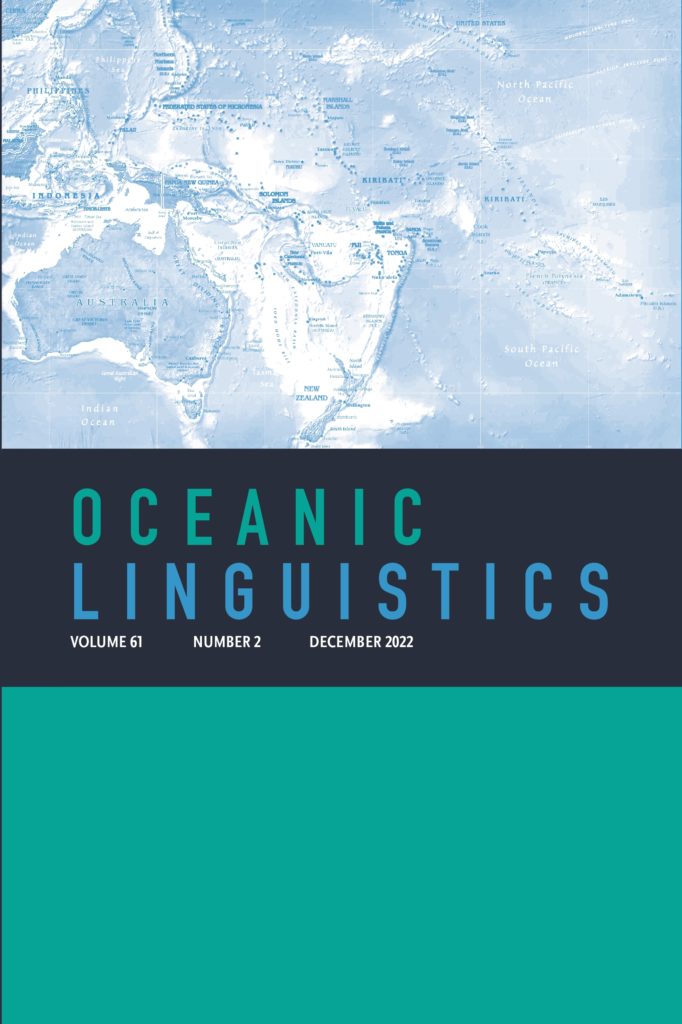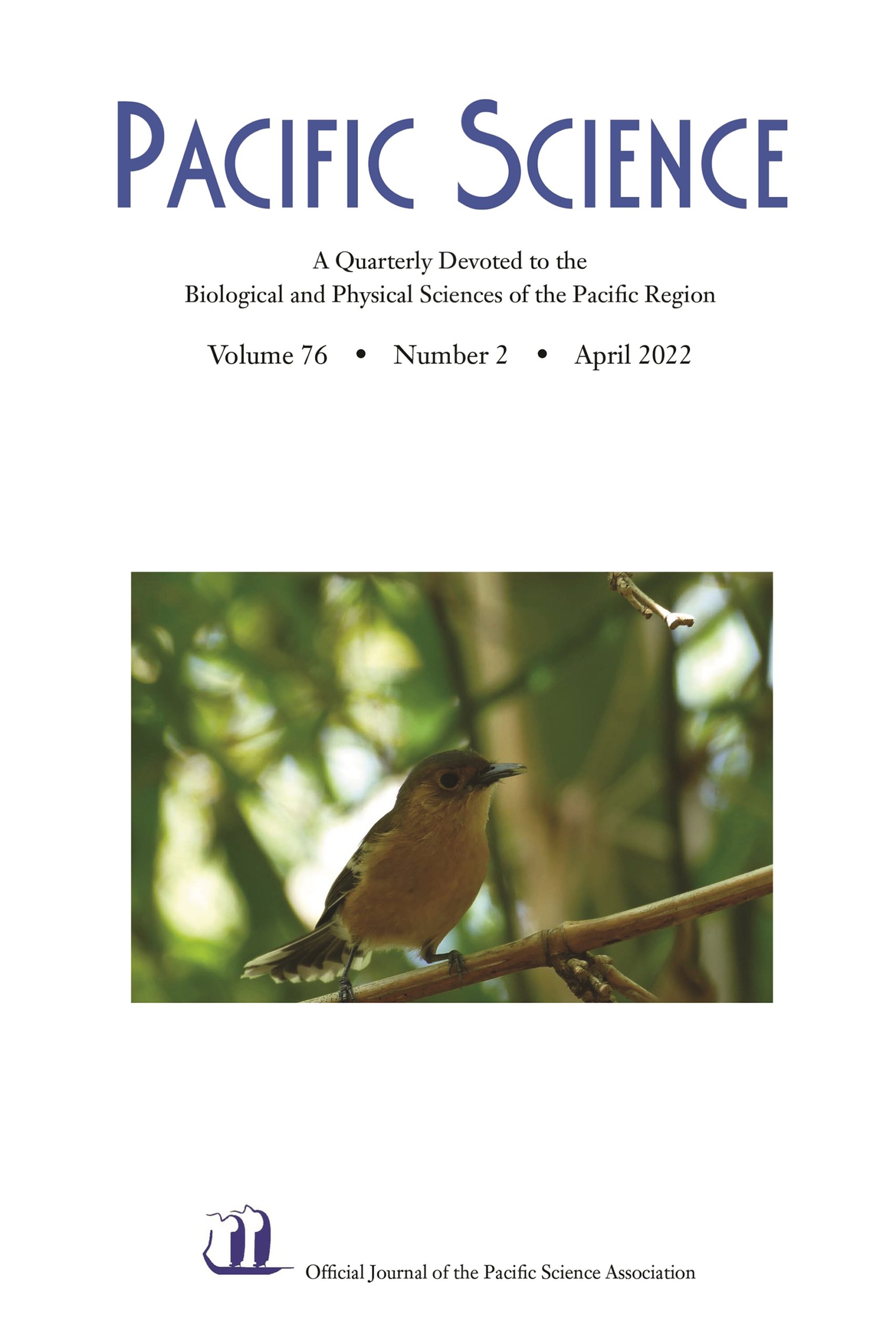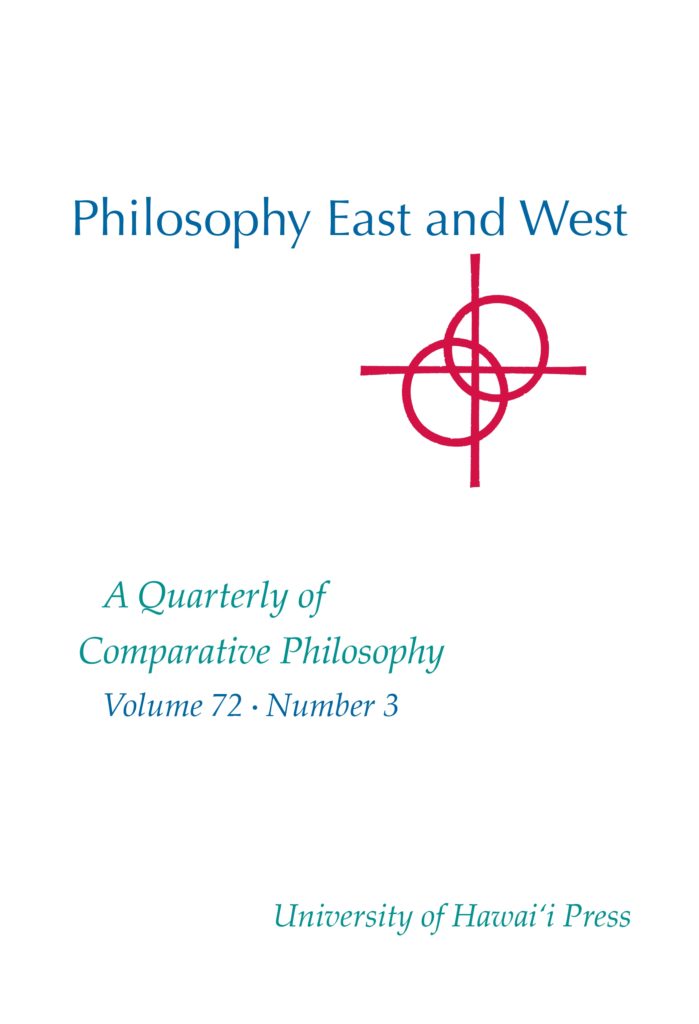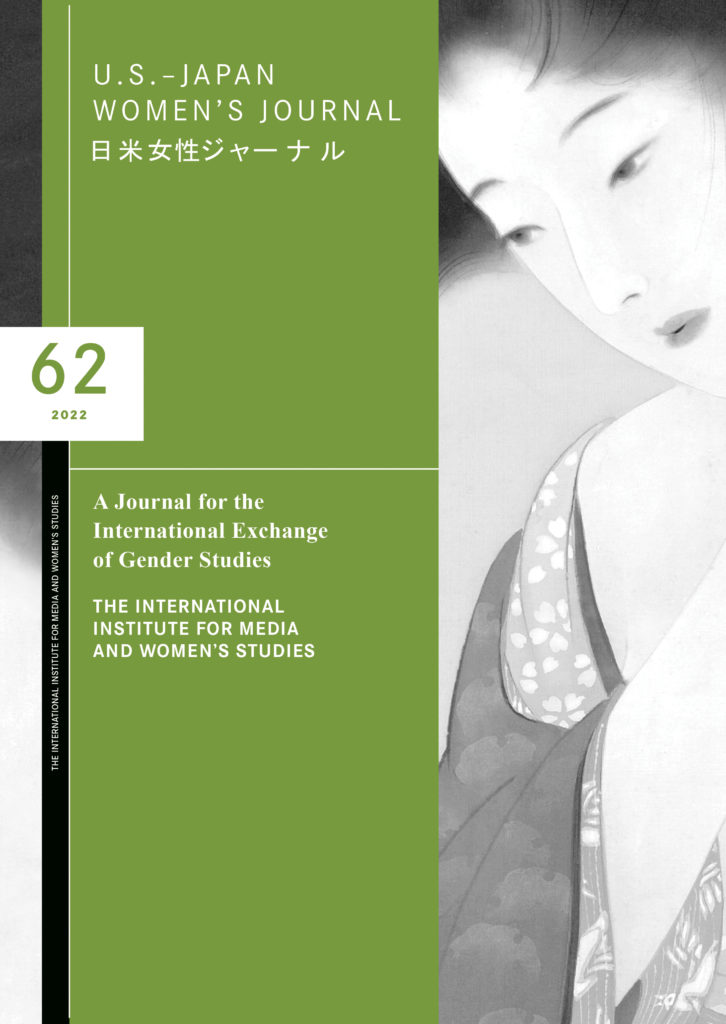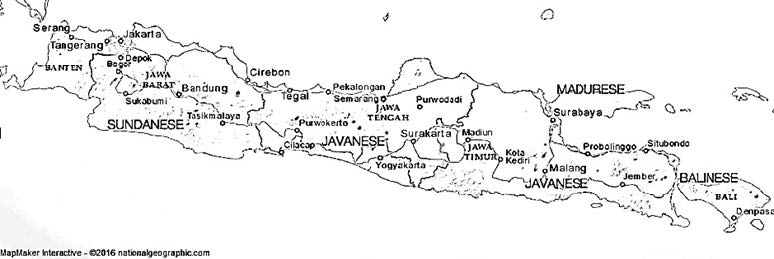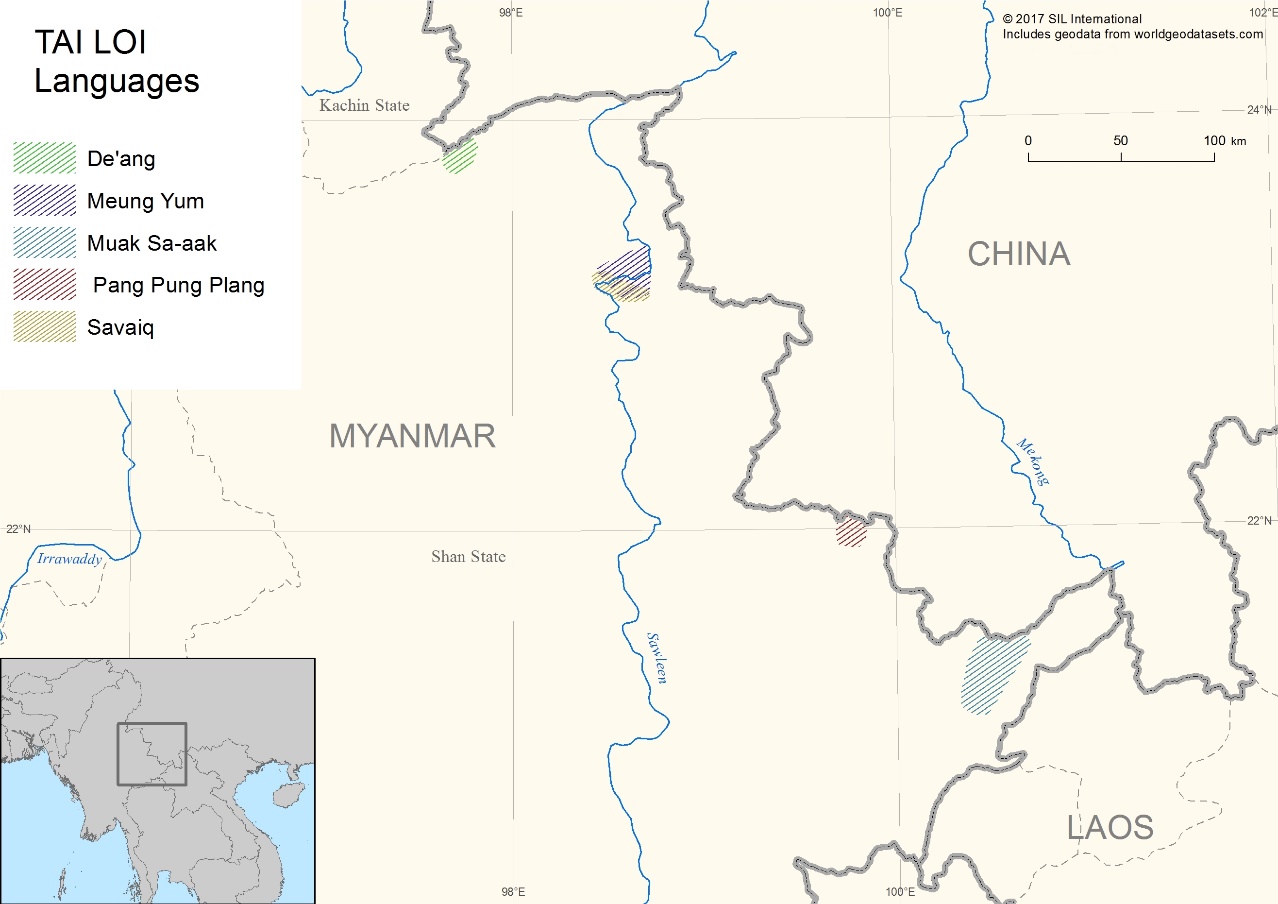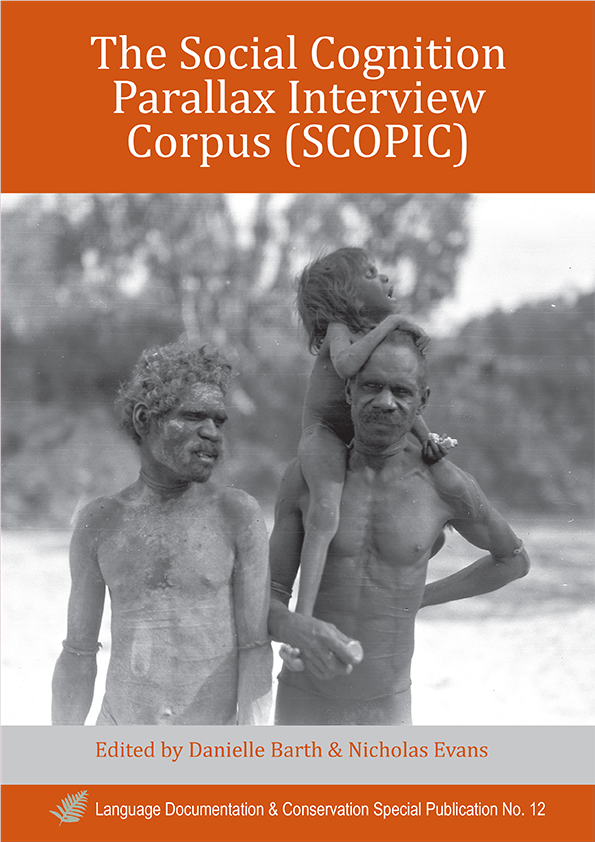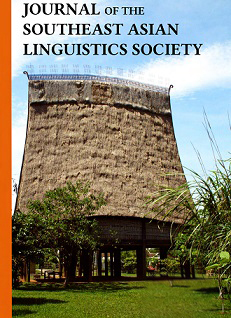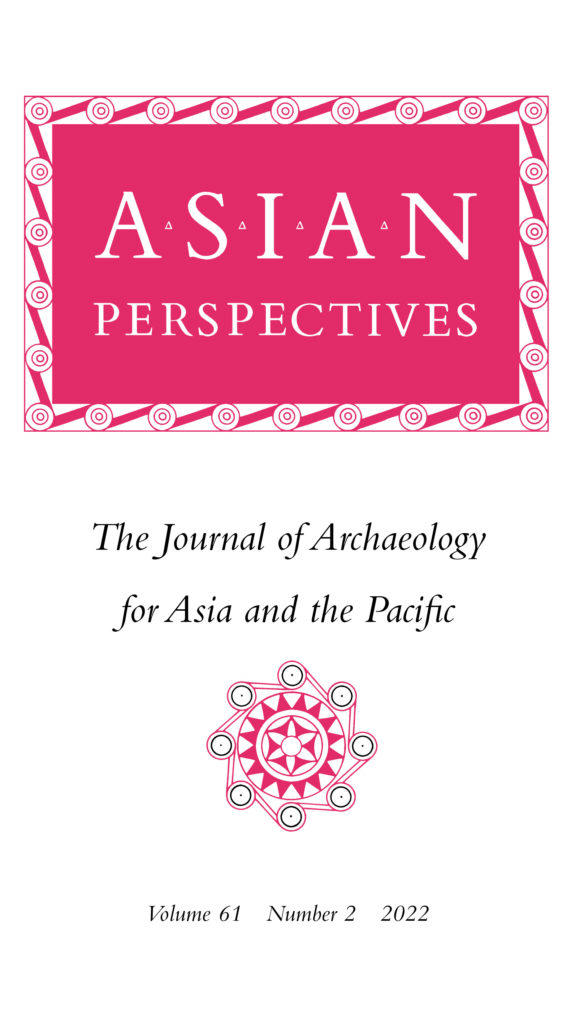
Asian Perspectives
Volume 61, Number 2 (2022)
The new issue contains the following articles:
A Unique Burial of the Fourth Millennium B.C.E. and
the Earliest Burial Traditions in Mongolia 220
Susanne Reichert, Nasan-Ochir Erdene-Ochir,
and Jan Bemmann
When is a Qin Tomb not a Qin Tomb? Cultural
(De)construction in the Middle Han River Valley
Glenda Chao
Recent Rock Art Sites from West Sumatra, Indonesia
Karina Arifin and R. Cecep Eka Permana
A Ceramic and Plant and Parasite Microfossil Record from
Andarayan, Cagayan Valley, Philippines Reveals Cultigens and
Human Helminthiases Spanning the Last ca. 2080 Years
Mark Horrocks, John Peterson, and Bronwen Presswell
Bioarchaeology in Central Asia: Growing from Legacies to
Enhance Future Research
Elissa A. Bullion, Zhuldyz Tashmanbetova, and
Alicia R.Ventresca Miller
Find more special features and articles at Project MUSE.
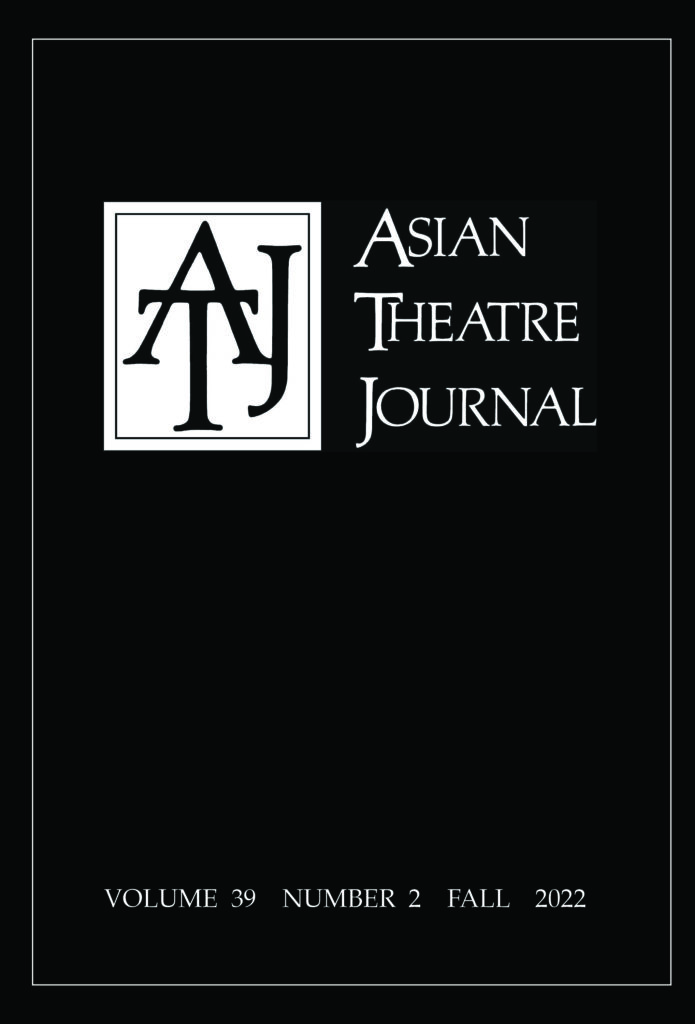
Asian Theatre Journal
Volume 39, Number 2 (2022)
The new issue includes an Editor’s Note from Editor Siyuan Liu remembering scholar Dr. Po-Hsien Chun who taught and held seminars in theater and performance studies. Chun had recently published a review in Asian Theatre Journal Volume 37 Number 2 (Fall 2020) of Tokyo Listening: Sound and Sense in a Contemporary City by Lorraine Plourde. Liu states:
The third winner of last year’s AAP emerging scholar competition, Po-Hsien Chu, was also scheduled to publish his essay in the current issue, although he decided to postpone the revision to focus on his teaching as a visiting assistant professor at the University of Pittsburgh. Sadly, we will not have a chance to read his work as he passed away unexpectedly earlier this year. I would like to direct our readers to AAP’s remembrance of Po-Hsien, which describes him as “a brilliant scholar of Sinophone theater and performance, a nurturer of the field of Sinophone Studies, a generous and witty collaborator, a punctilious teacher, and above all, a cherished colleague who made scholarly fellowship into an art.”
Find more reviews and articles at Project MUSE.
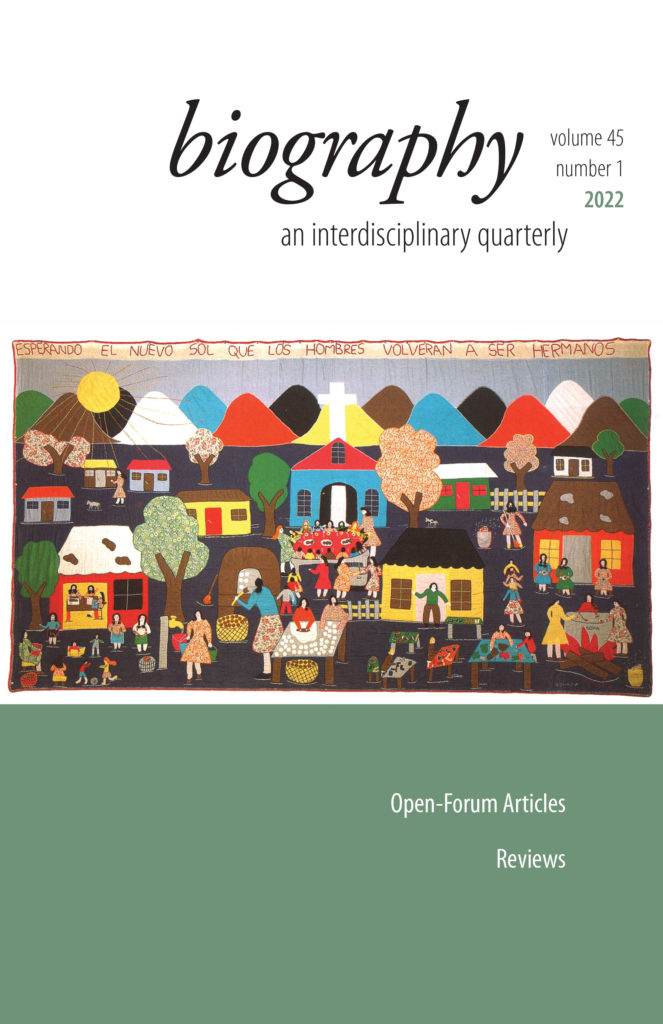
Biography
Volume 45, Number 1 (2022)
Screening Clara Schumann: Biomythography, Gender, and the Relational Biopic
Julia Novak
Textile Auto/biography: Protest, Testimony, and Solidarity in the Chilean Arpillerista Movement
Lisa Ortiz-Vilarelle
Identity Work, Sexuality, and the Reception of Testimony: On Identification with Anne Frank
Hannah Jakobsen
Autobiographical Convergences: A Cultural Analysis of Books by Swedish Digital Media Influencers
Gabriella Nilsson
Sports Journalism and Women Athletes: Coverage of Coming Out Stories by William P. Cassidy (review)
Michael Tsai
Find more reviews and articles at Project MUSE.
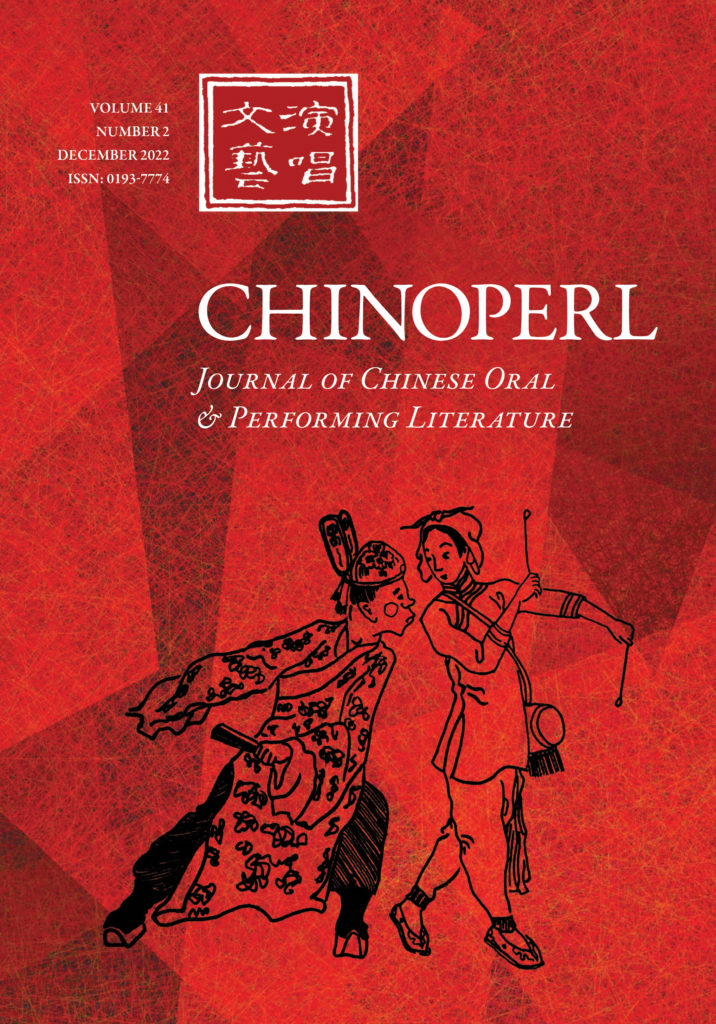
CHINOPERL
Volume 41, Number 2 (2022)
The new issue contains the following articles, translations, and memorials:
Nightmares, Daydreams, and Sleeplessness: Nighttime Performances and the Uneven End of Early Modernity in China
Andrea S. Goldman
Human Doors, Ghost Doors: Entrances and Exits in Qing Court Theater
Judith T. Zeitlin
Pu Songling: The Union of Beast and Beauty
Wilt L. Idema
Baihua ting 百花亭(The Pavilion of One Hundred Flowers), An Anonymous Zaju Play, Part I
Shu-Chu Wei and Catherine Swatek
The Queen of Kunqu—In Memory of Hua Wenyi
Yihui Sheng
Find more at Project MUSE.
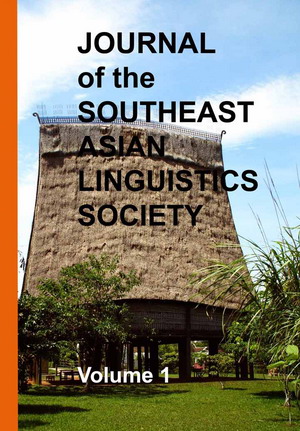
Journal of the Southeast Asian Linguistics Society
Volume 15 Number 2 (2022)
The new issue contains the following articles:
Notes on Kodi Phonology
Joseph Lovestrand, Misriani Balle, and Owen Edwards
Identifying (In)Definiteness in Vietnamese Noun Phrase
Trang Phan and Gennaro Chierchia
A Preliminary phonology and Latin-based orthography of Para Naga (Jejara), Northwest Myanmar
Melissa Lubbe, Tiffany Priest, and Sigrid Lew
Examining Main Clause Similarity and Frequency Effects in the Production of Tagalog Relative Clauses
Nozomi Tanaka, Paul Ivan, and Kamil Dean
The Dynamics of Language Shift among Lawa-Speaking Families in Northern Thailand
Rakkhun Panyawuthakrai and Mayuree Thawornpat
Find more articles at eVols.
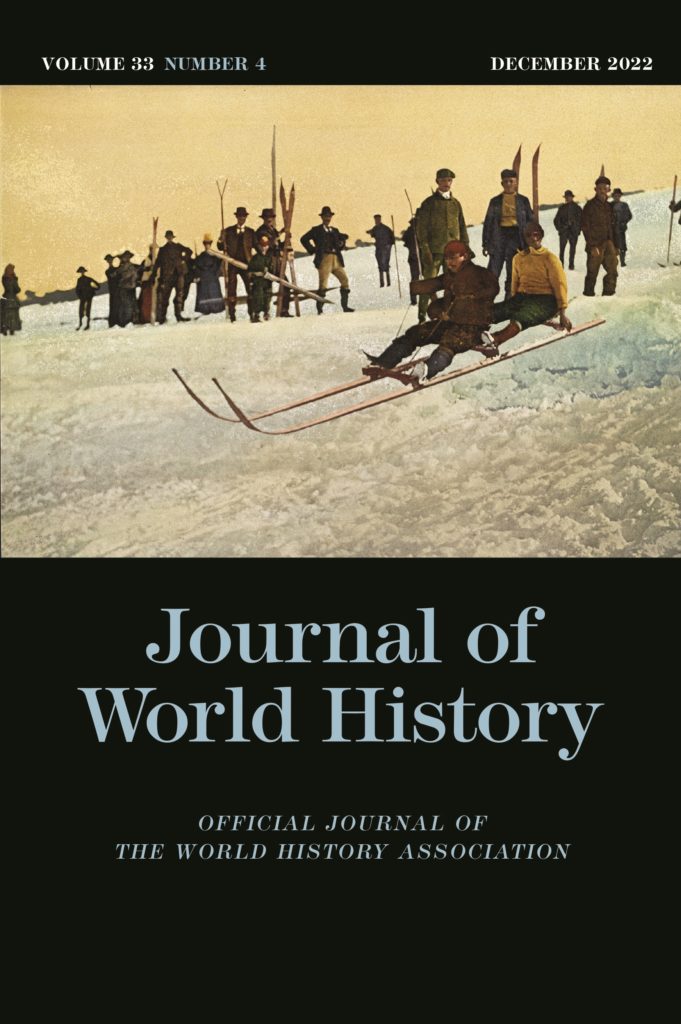
Journal of World History
Volume 33 Number 4 (2022)
The new issue contains the following articles:
Culture Contacts in Ancient Worlds: A Review of Theoretical Debates and Practical Applications
Anke Kein
Interaction and Localization: New Insights into Early Metallurgy in China
Kunlong Chen, Jianjun Mei, Lu Wang, and Anke Hein
Akan Relations, Commercial Networks, and the Portuguese Empire in West Africa, 1482–1637
Edmond Smith and Mariana Boscariol
African Americans and the Lynching of Foreign Nationals in the United States
William D. Carrigan and Clive Webb
Find more articles and book reviews at Project MUSE.
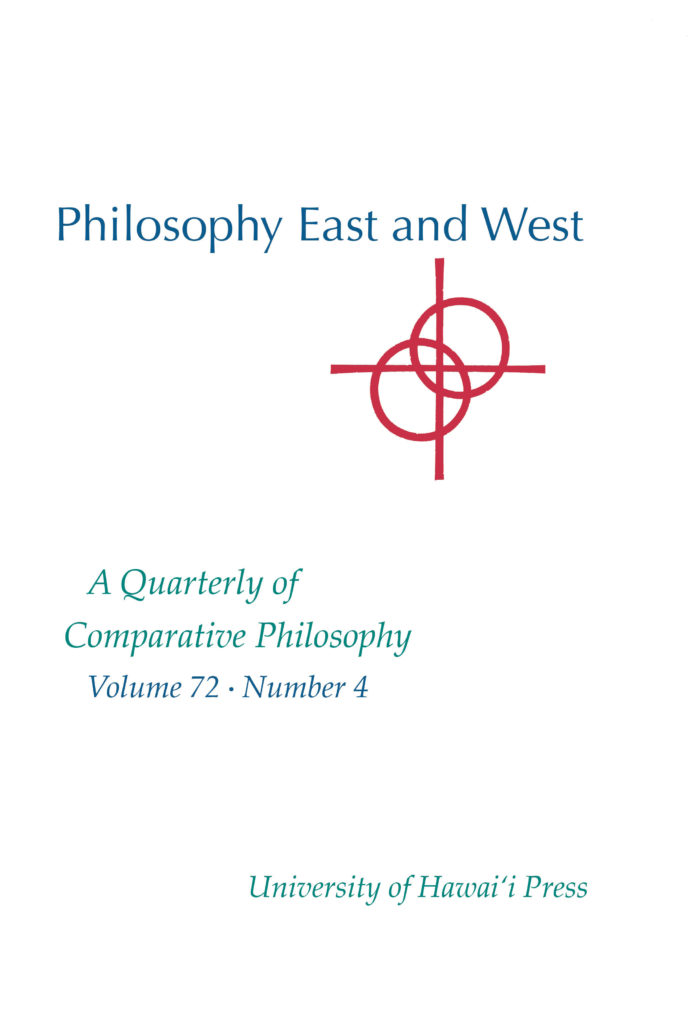
Philosophy East and West
Volume 72, Number 4 (2022)
The new issue contains the following articles:
Remembering Herb Fingarette
Michael Nylan
Abortion in Watsujian Ethics: An Argument for a New Understanding
Steve Bein
A Buddhist Critique of Marx: Unveiling Flaws in “Desire”
Nishanathe Dahanayake
Lives of Pleasure: A Comparative Essay on Cārvāka and Epicurean Ethics
Christopher Paone
Contest, Game, Disgrace: On Philosophy and Buddhism
Rafal K. Stepien
Read more articles and book reviews at Project MUSE.





